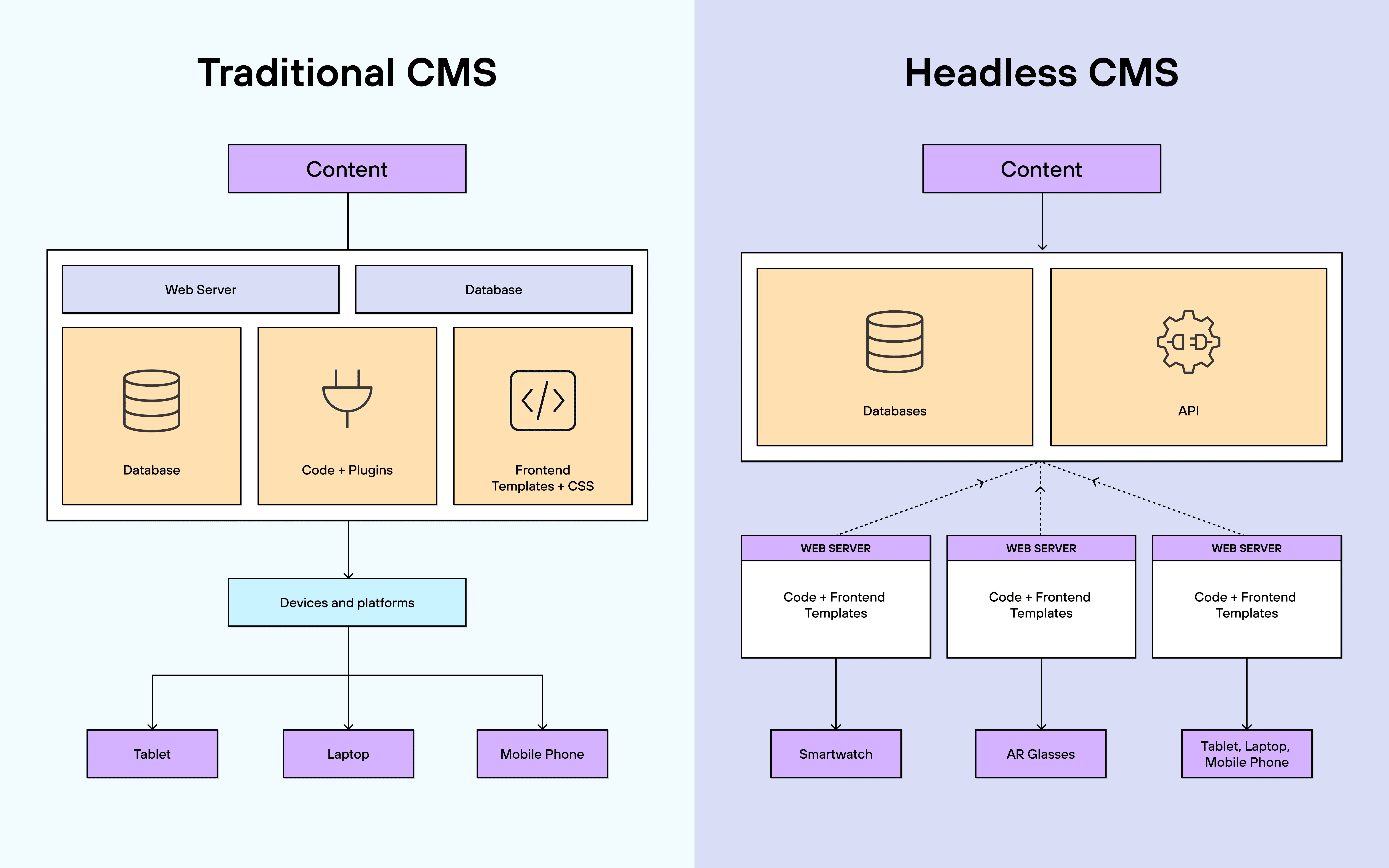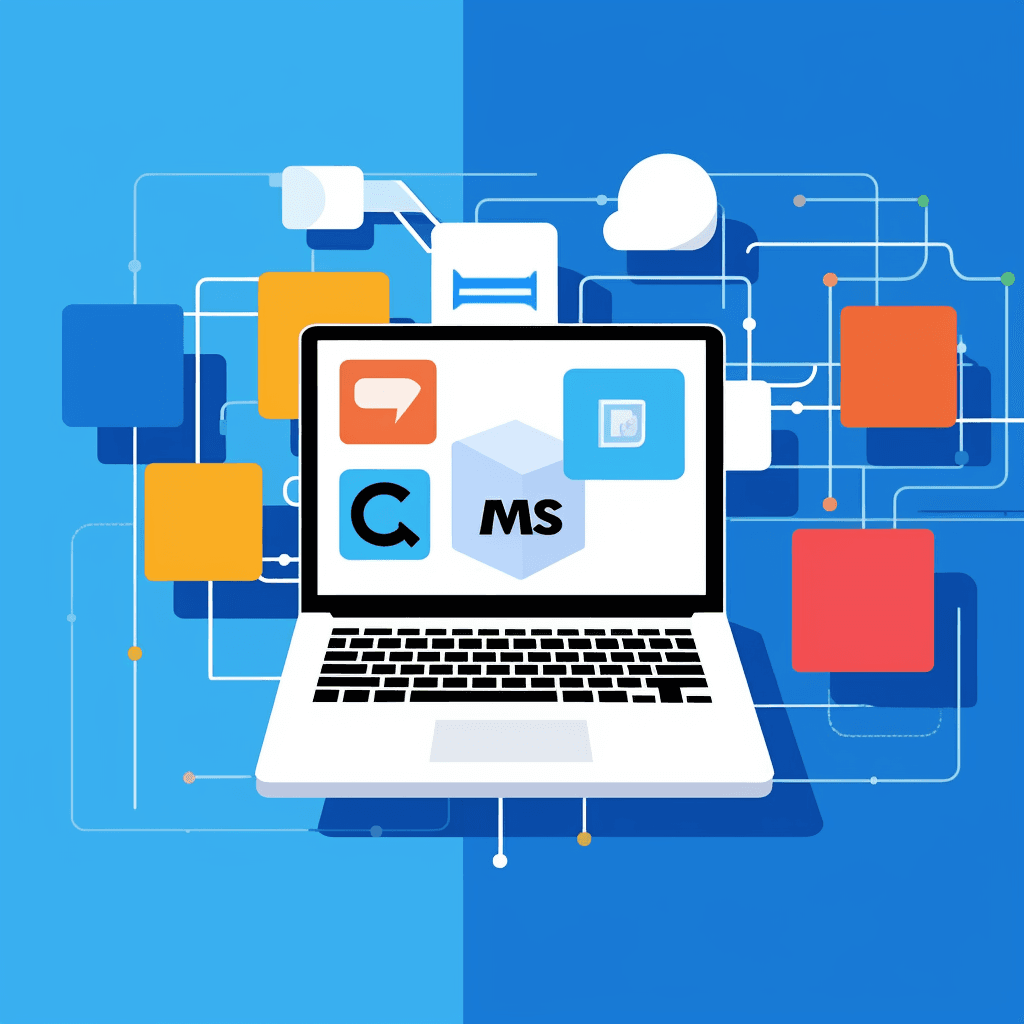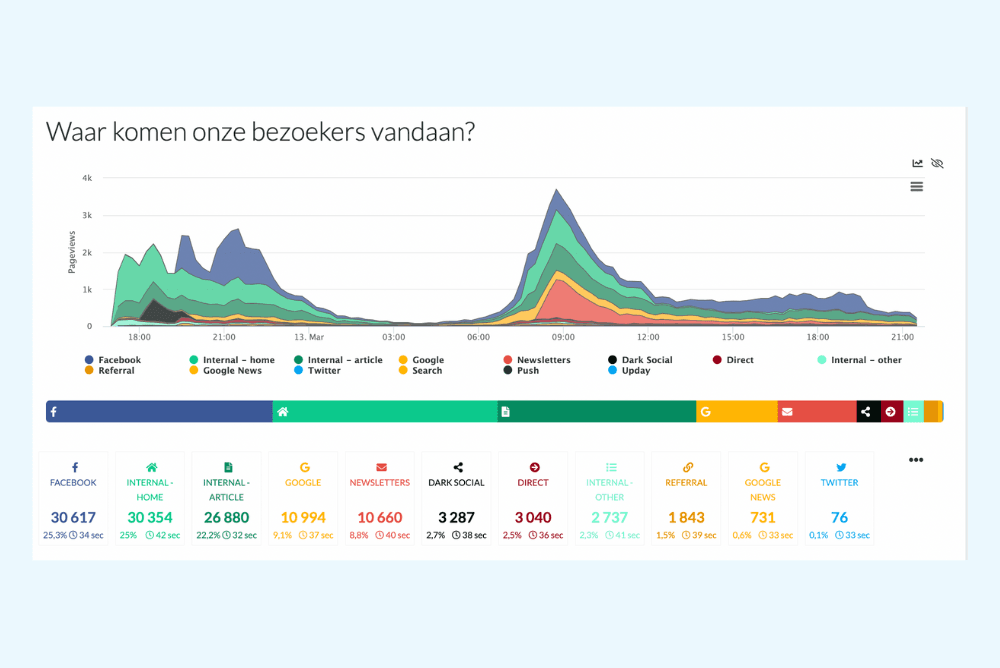Navigating the digital newsroom: A compact guide to headless CMS
26 Jul 2023
The headless CMS is a new approach that has revolutionised how journalists manage, publish, and distribute their articles.
Traditional CMS platforms often have limitations, leading to a search for innovative solutions that allow journalists to focus on creating content rather than dealing with technical complexity. The headless CMS is a new approach that has revolutionised how journalists manage, publish, and distribute their articles.
Read also: How to choose a text editor for a digital-first newsroom?
In this brief guide, we dive into the world of headless CMS and highlight its functionalities, benefits and impact on modern journalism. Throughout the text, we will cover the following four main topics:
1. Understanding headless CMS: the basics
This section will explain what a headless CMS entails and show the fundamental differences between traditional and headless CMS architectures. We’ll also discuss how decoupling content creation from presentation can improve flexibility, scalability and cross-channel publishing.
2. Optimised content creation and collaboration
Here, we’ll look into features that streamline the content creation process for journalists and features that facilitate collaborative writing, seamless multimedia integration and efficient editorial workflows.
3. Omnichannel distribution and audience engagement
In this section, we’ll examine how headless CMS enables journalists to distribute their stories across multiple digital channels, from websites to mobile apps to social media platforms. We will also look into strategies to increase audience engagement through personalised content experiences and optimised distribution techniques, driving traffic and reader retention.
4. Using analytics and insights for editorial success
We will discover the data-driven benefits of implementing a headless CMS: how analytics and insights can help journalists track audience behaviour, measure content performance and make informed editorial decisions.
Read also: How three leading European newsrooms handle editorial analytics

Main differences between traditional and headless CMS (image by Autentika)
1) Understanding headless CMS: the basics
A headless CMS is a content management system that separates content creation and storage from the presentation layer. Unlike traditional CMS platforms that closely link content and design, a headless CMS focuses solely on content management. This means that journalists can create, edit and organise their contributions without being constrained by the limitations of a predefined layout.
Read also: How can modern editorial software be your journalists' superpower?
Decoupling content and presentation
In a headless CMS, content is stored in a structured format, usually in text, images, videos and metadata. This content is then delivered via APIs to various platforms such as websites, mobile apps and social media channels. This decoupled architecture allows for unparalleled flexibility and scalability. Journalists can optimise content for different devices and platforms, ensuring a seamless and consistent user experience regardless of channel.
Benefits for journalists
For journalists, a headless CMS offers several compelling benefits. First and foremost, it allows them to focus on storytelling without dealing with design intricacies. This leads to greater efficiency and faster content creation. In addition, the modular nature of a headless CMS allows for easy integration of multimedia elements so journalists can enrich their stories with images, videos, infographics and interactive content.
SEO and headless CMS
A headless CMS can also offer advantages from an SEO perspective. Separating content from presentation allows journalists to optimise content for search engines without being tied to a specific website structure. This means better control over meta tags, keywords and schema markup, leading to better visibility in search engines and higher placement in search results.

Let's explore the world of headless CMS and highlight its functionalities (image by Midjourney)
2) Optimised content creation and collaboration
Efficient content creation
Headless CMS platforms provide journalists with an intuitive and user-friendly environment for content creation. The clean and distraction-free interface allows journalists to focus on writing and telling stories. The separation of content creation and design ensures that journalists can focus on the narrative without worrying about how it will appear on the different platforms. This leads to faster content creation and a more seamless writing experience.
Read also: 13 numbers that show measurable results behind the improved publishing workflow
Real-time collaboration
Headless CMS solutions offer features that facilitate real-time collaboration between journalists, editors and other team members. Multiple users can work on an article simultaneously, make changes, add multimedia elements and give feedback. This speeds up the editorial process and fosters a sense of teamwork and shared responsibility.

Headless CMS solutions offer features that facilitate real-time collaboration between journalists (image by Midjourney)
Version control and editorial workflows
Headless CMS platforms are often equipped with robust version control mechanisms. Every change made to an article is tracked so journalists can revert to previous versions if needed. Such version control is invaluable when it comes to maintaining the integrity of an article and ensuring that all changes are well documented. In addition, headless CMS platforms enable the creation of customised editorial workflows that ensure content goes through the necessary checks and approvals before publication.
Read also: How to build a knowledge system around a new tool?
Seamless multimedia integration
Incorporating multimedia elements into articles is a hallmark of modern journalism. Headless CMS platforms seamlessly integrate images, videos, infographics and other interactive content. Journalists can easily embed multimedia elements into their articles without dealing with complex coding or formatting. This increases the visual appeal of the content and enriches the overall storytelling experience.
3) Omnichannel distribution and audience engagement
Reaching diverse audiences
Headless CMS platforms are designed to meet the diverse preferences of modern audiences. With the ability to publish content on websites, mobile apps, social media platforms and more, journalists can ensure their articles are accessible to audiences on their preferred channels. This versatility extends the reach of journalism and creates opportunities to connect with readers from different demographics.
Read also: How to clean up a back-office system at an online media giant? Case study
Consistent user experience
Maintaining a consistent user experience is critical to building reader loyalty. A headless CMS excels because it allows journalists to format and structure content appropriately for each platform. Whether a reader accesses an article on a mobile device, tablet or desktop computer, the content seamlessly adapts to the screen size and layout, ensuring a consistent and enjoyable reading experience.
Personalised content experiences
A headless CMS enables journalists to deliver tailored content by leveraging user data and insights about user behaviour. When journalists know their readers' picks, they can elaborate content recommendations, suggest related articles and provide relevant multimedia elements to increase reader engagement and retain them in their articles.
Real-time updates and breaking news
A headless CMS lets journalists publish updates across all platforms quickly and ensure readers receive the latest information immediately. This immediacy builds journalistic credibility and fosters trust among readers who depend on accurate and timely news.
Encourage traffic and interactivity
Headless CMS allows journalists to interact with their audience in various ways. Journalists can use these interaction tools, from comment sections to interactive polls and quizzes, to foster a sense of community and encourage readers to participate in the content actively. This improves the overall reading experience, increases the number of visitors, and lengthens the time they spend on the website.
Watch: 5 AI-powered concepts that streamline journalistic work
4) Using analytics and insights for editorial success
With the advent of headless CMS technology, journalists can harness the power of analytics and insights to refine their editorial strategies and amplify the impact of their stories. Below, learn how a headless CMS empowers journalists to make informed decisions that resonate with their audiences.
Actionable insights
A headless CMS provides journalists with data-driven insights. Journalists comprehensively understand what resonates with their audience by analysing user behaviour, engagement metrics, and content performance. This informs editorial decisions and helps journalists prioritise topics, formats and styles that are proven to capture readers' attention.
Read also: Which AI tools in journalism are really worth the hype?
A/B testing for optimisation
A headless CMS enables A/B testing, where different versions of content are tested against each other to see which performs better. Journalists can use this feature to refine headlines, images, calls to action and more. By analysing the results, they can refine their storytelling approach and optimise content for maximum engagement.
Patterns of user engagement
A headless CMS can uncover patterns such as which articles are shared frequently, which sections are read most often, and how readers navigate content. With this knowledge, journalists can tailor their articles to these interaction patterns, increasing the likelihood of engaging their audience.
Data-driven storytelling
Data visualisation is a powerful tool in journalism, and a headless CMS seamlessly integrates this aspect. Journalists can create interactive charts, graphs and infographics to illustrate complex concepts or present statistical information. This enhances the narrative experience and allows readers to grasp details quickly.
6 pillars of editorial analytics at Mediahuis – with Yves Van Dooren

Data visualisation at Mediahuis, one of the biggest publishers in the Netherlands.
Measuring the impact of content
Quantifying the impact of journalistic work is crucial for continuous improvement. With a headless CMS, journalists can track page views, time spent on articles, bounce rates and social shares. These metrics provide concrete evidence of content success and indicate which stories resonate most with audiences.
Improve editorial strategy
Using analytics and insights goes beyond measuring success – it informs overarching editorial strategy. By analysing data, journalists can identify content gaps, new trends and areas for improvement. This data-driven approach ensures that the editorial calendar remains dynamic, relevant and responsive to the changing interests of the readership.
More questions?
As we conclude this exploration of the potential of Headless CMS for journalists, it's clear that this innovative technology is more than just a tool — it's a catalyst for efficiency, creativity and audience-focused storytelling. Whatever your decision is, remember that this technology isn't just a tool; it's your partner in unlocking the full potential of modern journalism.
If you need advice on navigating the complex digital landscape of today’s products for newsrooms, or you’re thinking about building a custom one, let’s talk. We have vast experience working with newsrooms and media outlets of various sizes and needs, and we can help you make the best decision for your organisation's future state of success.



